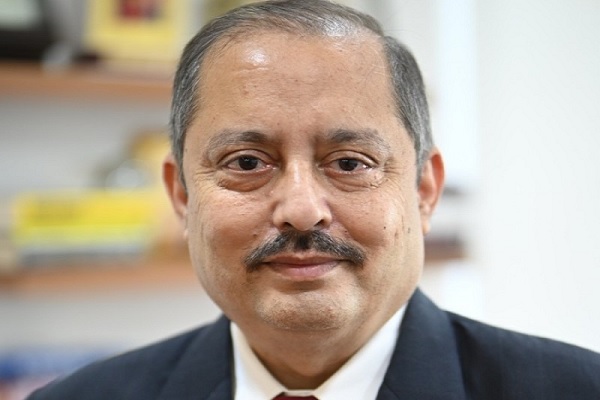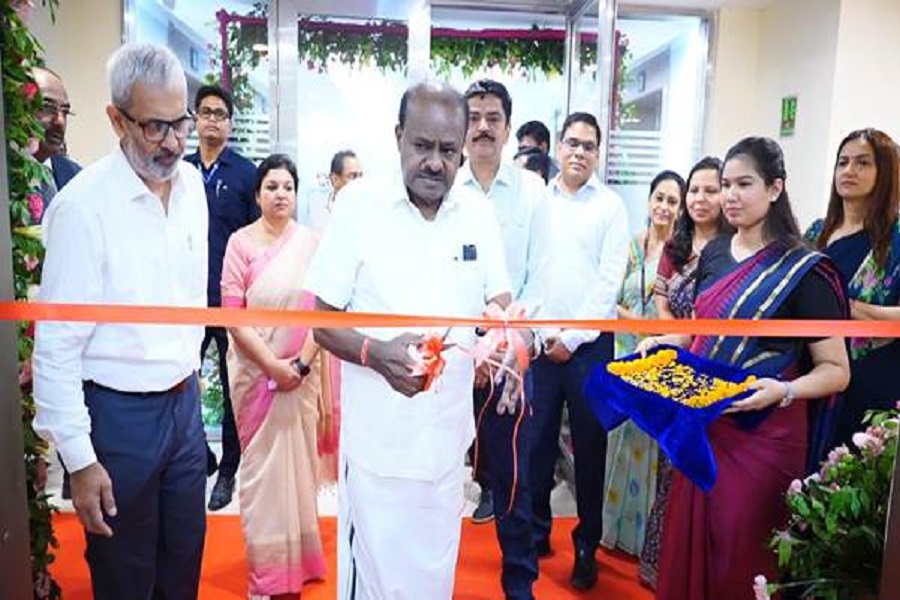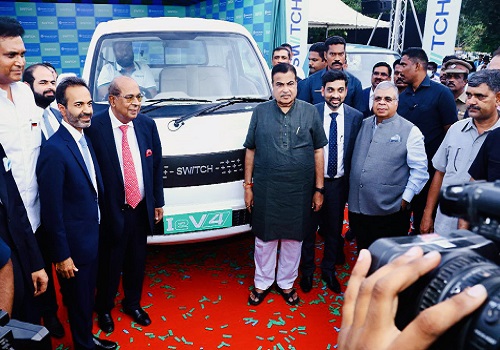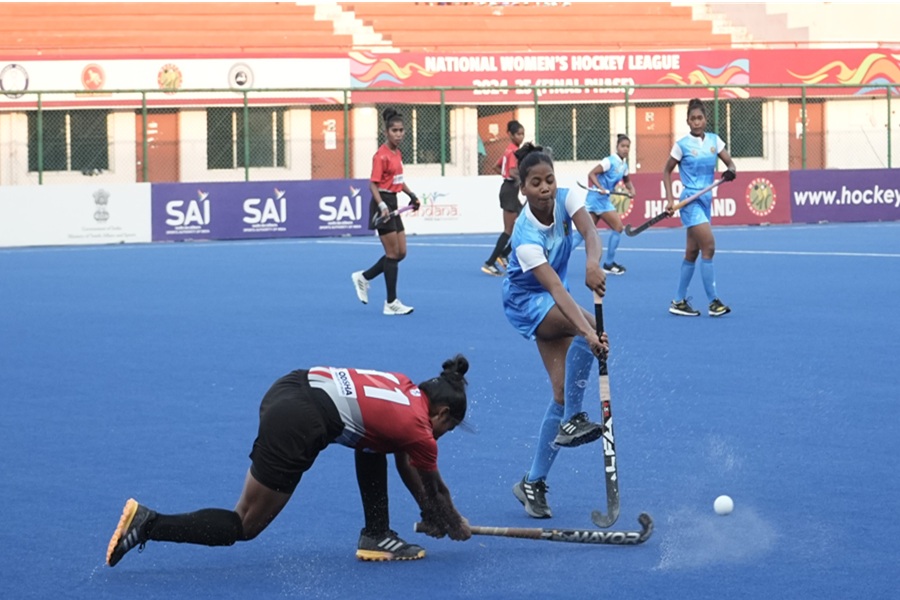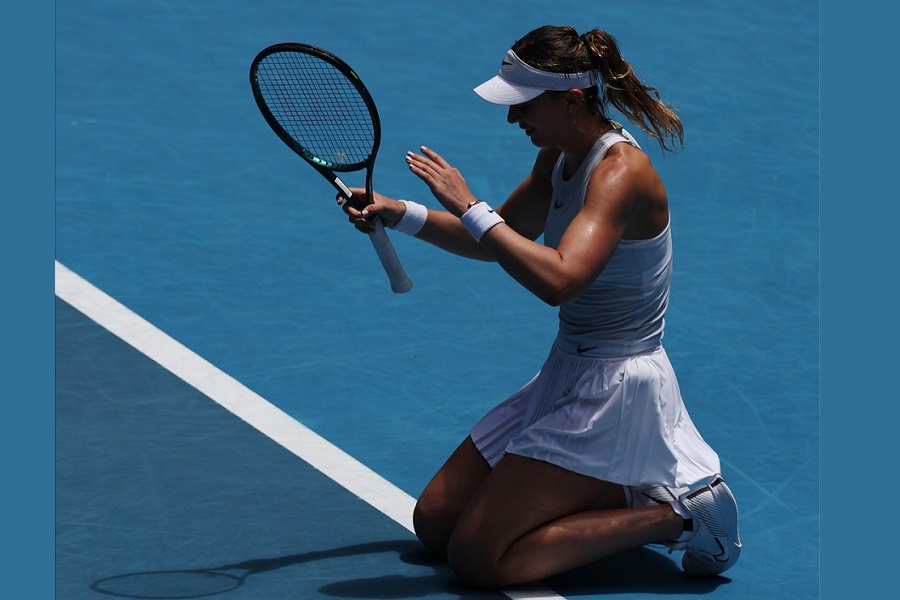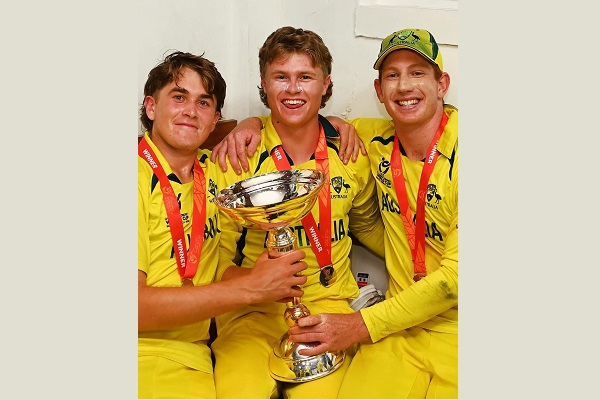The sun finally shines on Indian women's cricket (Column: Close-in)
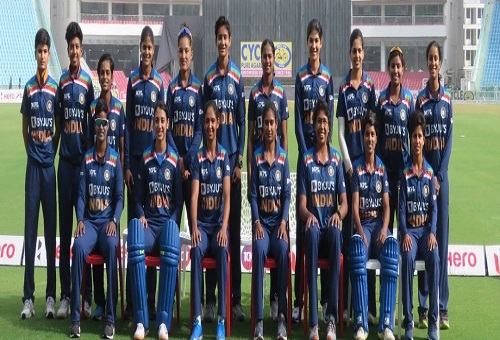
Women have been playing cricket since 1745. Unfortunately, the gentlemen of the game never gave women's cricket prominence and importance, and so it remained a village entertainment. In the late 19th and early 20th century in England, Australia, New Zealand and South Africa, there emerged a movement to establish women's cricket.
In 1926, a women's cricket association was founded. It was only in 1958 that the International Women's Cricket Council was formed to coordinate cricket around the world.
In India, the efforts of just one man who selflessly pioneered the formation of the Women's Cricket Association of India in 1973 has now borne fruit because of his vision and belief. Mahendra Kumar Sharma, a young cricket enthusiast from Lucknow, finally put women's cricket on the Indian map. He conducted the first ever national tournament amongst only three teams -- Maharashtra, Mumbai, and Uttar Pradesh -- in Pune.
Preceding that his marketing efforts to get 200 spectators to watch the games in Lucknow and also his efforts in popularising women's cricket should be recognised in the annals of Indian cricket history. With very limited financial resources at his beck and call, he went around the streets of Lucknow in a cycle rickshaw broadcasting the first ever match to be played by women at the Queen's Anglo Sanskrit College. Sharma's efforts bore fruit as women from other associations also joined in taking the game to several parts of the country.
The first national camp at National Institute of Sports for women was held in Patiala. Legendary cricketer Lala Amarnath took the onus of supervising it. The women could not have had a better coach and mentor than him. Amarnath's immense knowledge of the game and his strict regime turned the girls into a cricketing unit. He taught them the nuances of the game and the seed that he sowed has now blossomed into a fruitful entity.
It was only in 2006, when the Board of Control for Cricket in India (BCCI) finally accepted to recognise women's cricket. Until then they had several ups and downs. Finance was always a constraint and so they depended on the generosity of well-wishers and corporate sponsorships. The Indian Railway, public limited banks, and Indian Airlines played a major part in encouraging and boosting women's cricket. The railway, however, is still the major supporter of the women's game.
The sunshine days of women's cricket have finally come to roost. A tour to England next month followed by a visit to Australia was just a dream come true for them. Having just played 36 Test matches in all these years, playing another in Bristol, England, from June 16 and a day-night Test from September 30 in Sydney will be a challenge.
India last played a Test match way back in 2014 against England in Wormsley and beat the host. India were led astutely by Mithali Raj, who is still at the helm when India play England next month.
Unfortunately, women's Test cricket has not been the prime agenda of the ICC. The format is not, according to them, a commercially viable option and so the ODIs and the T20s are what they have focused on. The conventional form of cricket needs to be encouraged. If money is the be-all and end-all of keeping a sport alive, then men's Test matches may also become unimportant.
The Indian women's team is a bunch of very talented cricketers. They seem to have gone astray more with infighting and jealousy rather than their cricket. There has been more chopping and changing of their coaches rather than the players. One gathers from several articles published that the senior players are warring amongst each other and their unhappiness with a coach is all it takes to replace him.
Ramesh Powar, the recently appointed coach, has already had an open tiff with Mithali Raj, who will lead India in the only Test and the three ODIs in England. Both are professionals and so a truce, we hope, will soon be in the offing. However, the past could catch up if things do not go their way. Powar's first task would be to get the captain and her teammates together believing in the one word that is so important to get harmony -- trust.
The Indian women's team reminds one of the Indian men's team of the early 2000s. The stylish Smriti Mandhana is as graceful as Rohit Sharma and a hard hitter like Yuvraj Singh. Young Shafali Verma is in the same mould as Virender Sehwag while Jemimah Rodrigues and Poonam Raut have the ability to play their game in the way Rahul Dravid approached it.
Mithali has proven to be the Sachin Tendulkar of women's cricket. Since she is close to the end of her career, she can be the aspiring star for young women cricketers. The cricketing brilliance of Harmanpreet Kaur puts her as the most destructive batter in the team. The unbeaten 171-run innings that she played in a World Cup semi-final match against Australia in 2017 will be remembered as the best innings ever played by an Indian woman. She along with Deepti Sharma are the all-rounders that India will depend on immensely.
Tania Bhatia, back as the wicketkeeper, is a live wire behind the sticks and with the evergreen Jhulam Goswami to spearhead the pace bowling, the duo should complement one another in the pace friendly English conditions that most likely will prevail.
Spin bowling is an area that the Indian team needs to take a relook at, especially the leg-spin of Poonam Yadav. Teams have analysed her to a fair degree and, therefore, she will need to mix her deliveries to surprise her opponent.
The two weakest links in Indian women's cricket is the fielding and their mental state when put against the wall. Fitness, agility, and a safe pair of hands are the areas that they can practice in the bio-secure bubble, however, they need to get not just physically fit, but also mentally.
With both the men's and the women's team in the bubble, some good interaction between the two squads would be extremely helpful, especially to the women, to build and learn how to approach the highs and lows of the game.
Embarking on a cricket journey to two of the top playing countries is sunshine for women's cricket. One can already see a wonderful rainbow at the end of it. All the best to women in blue!









